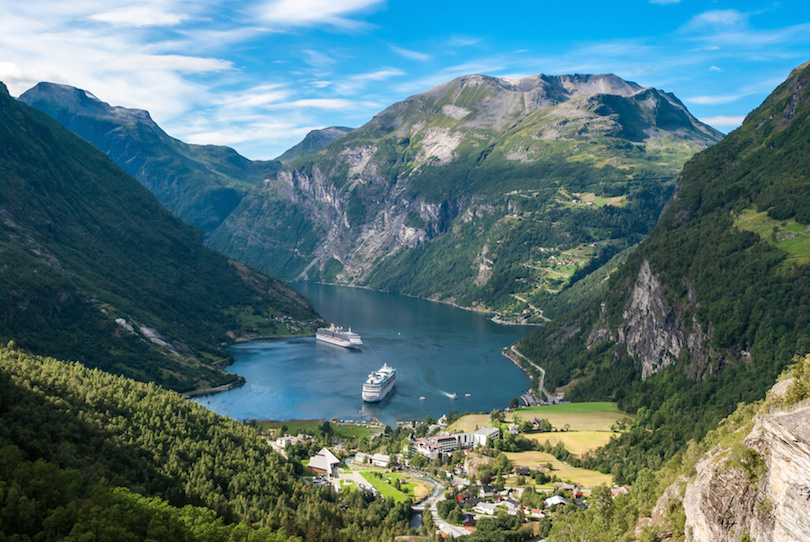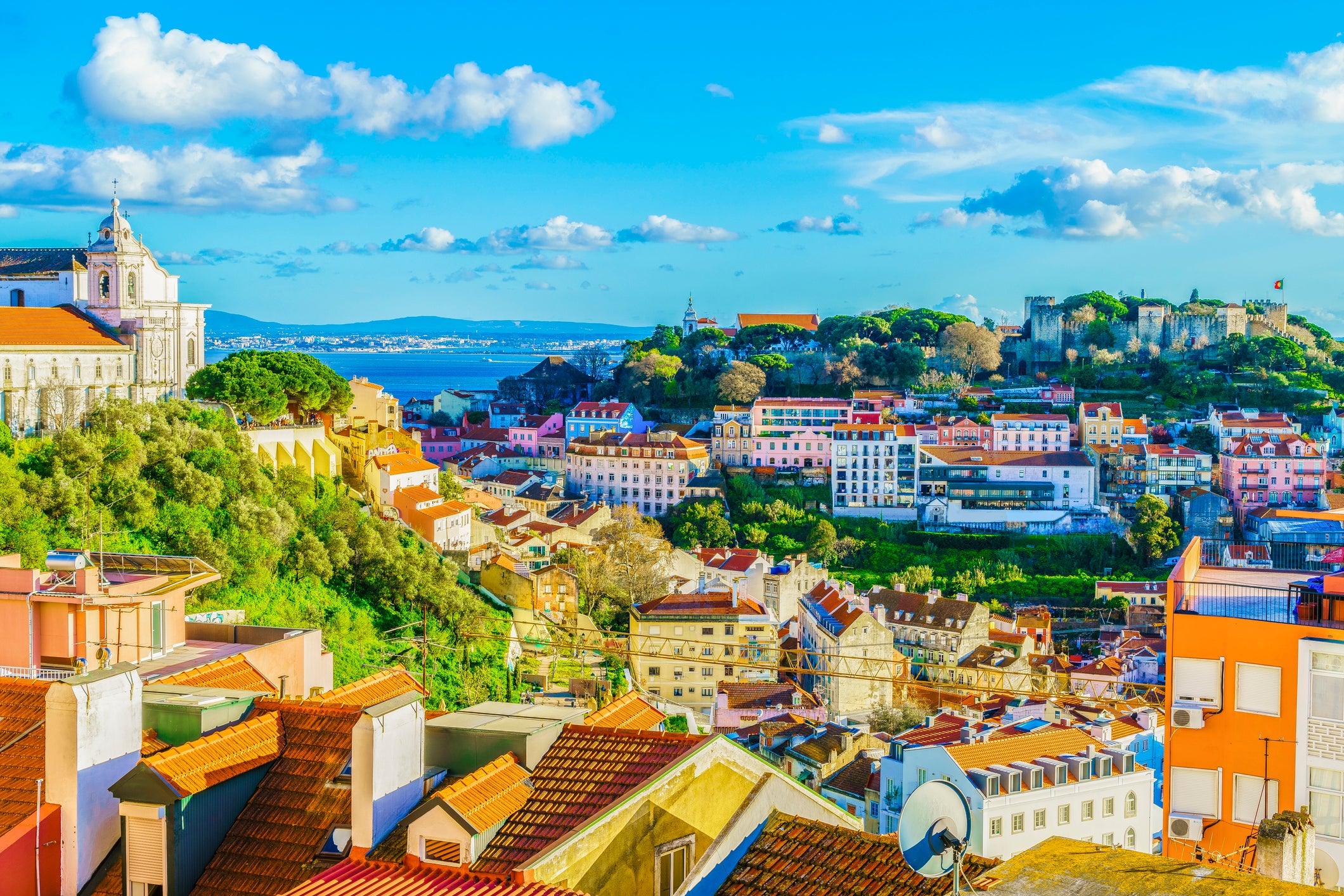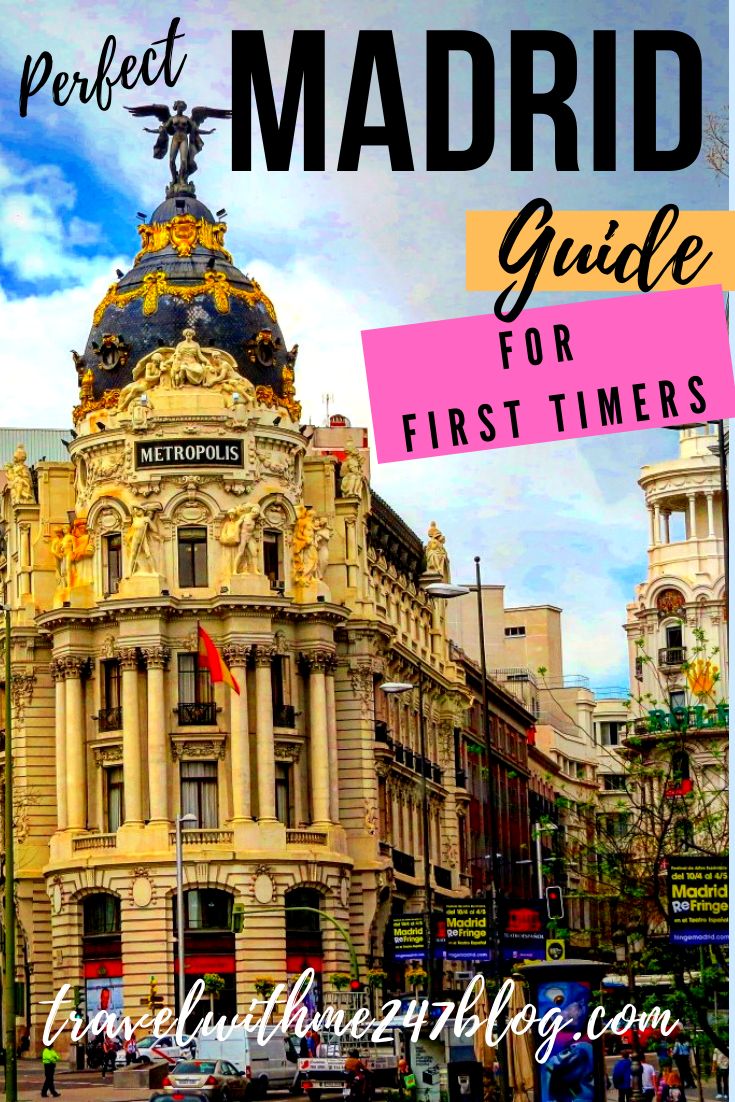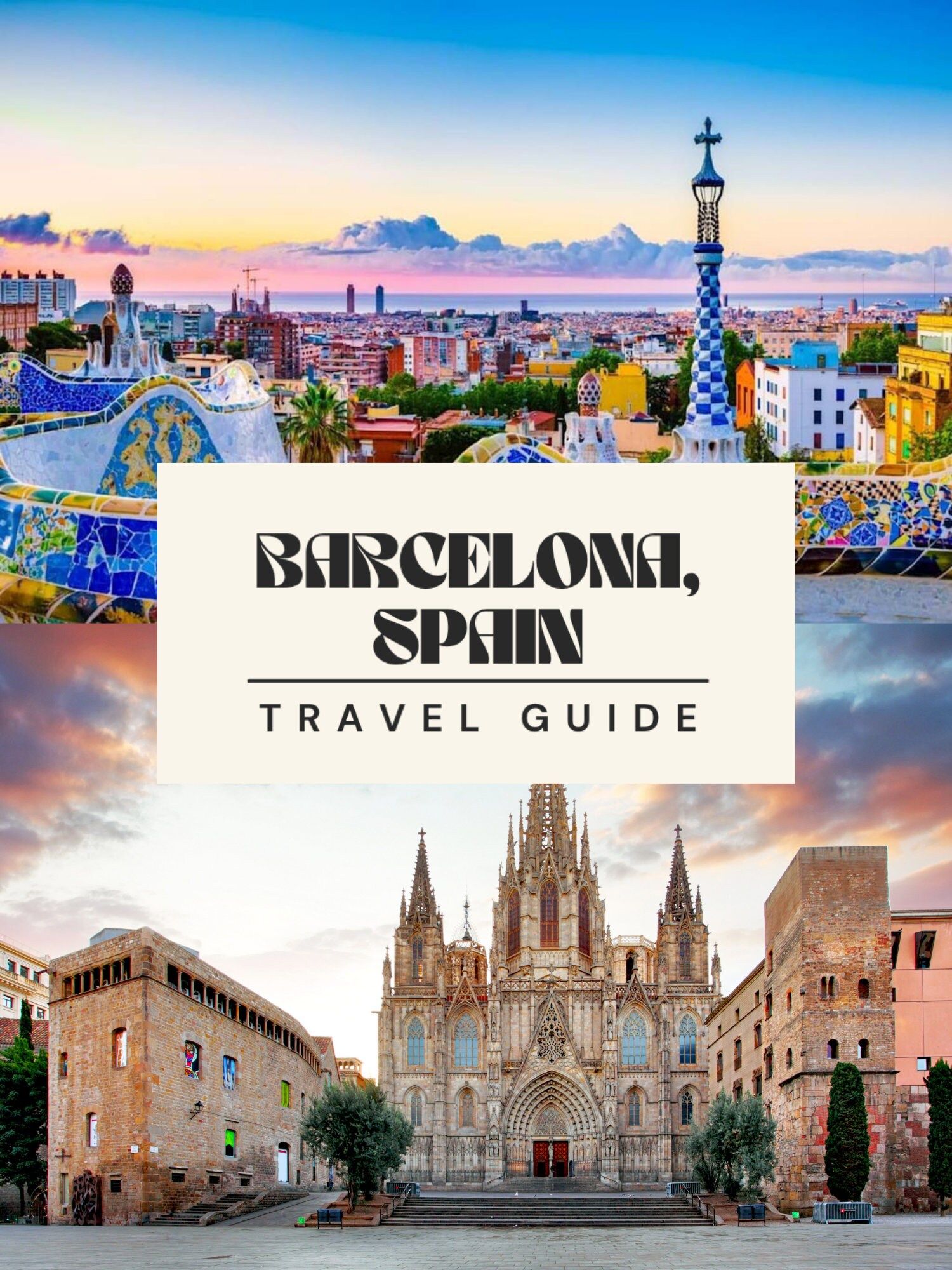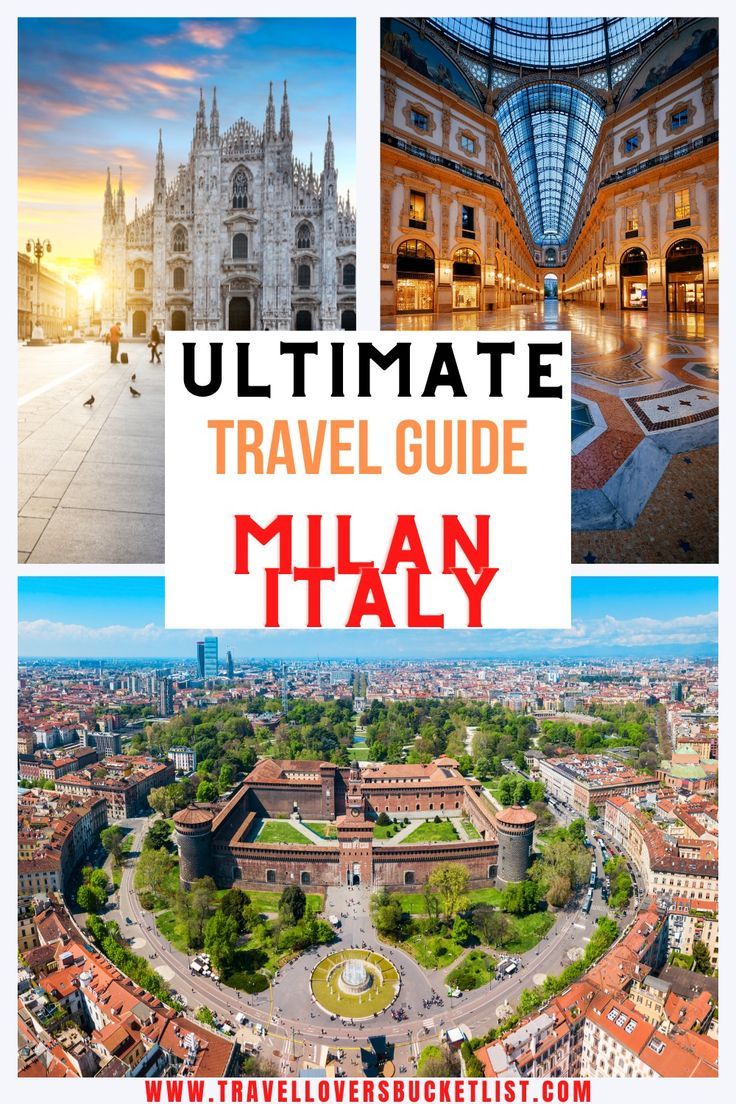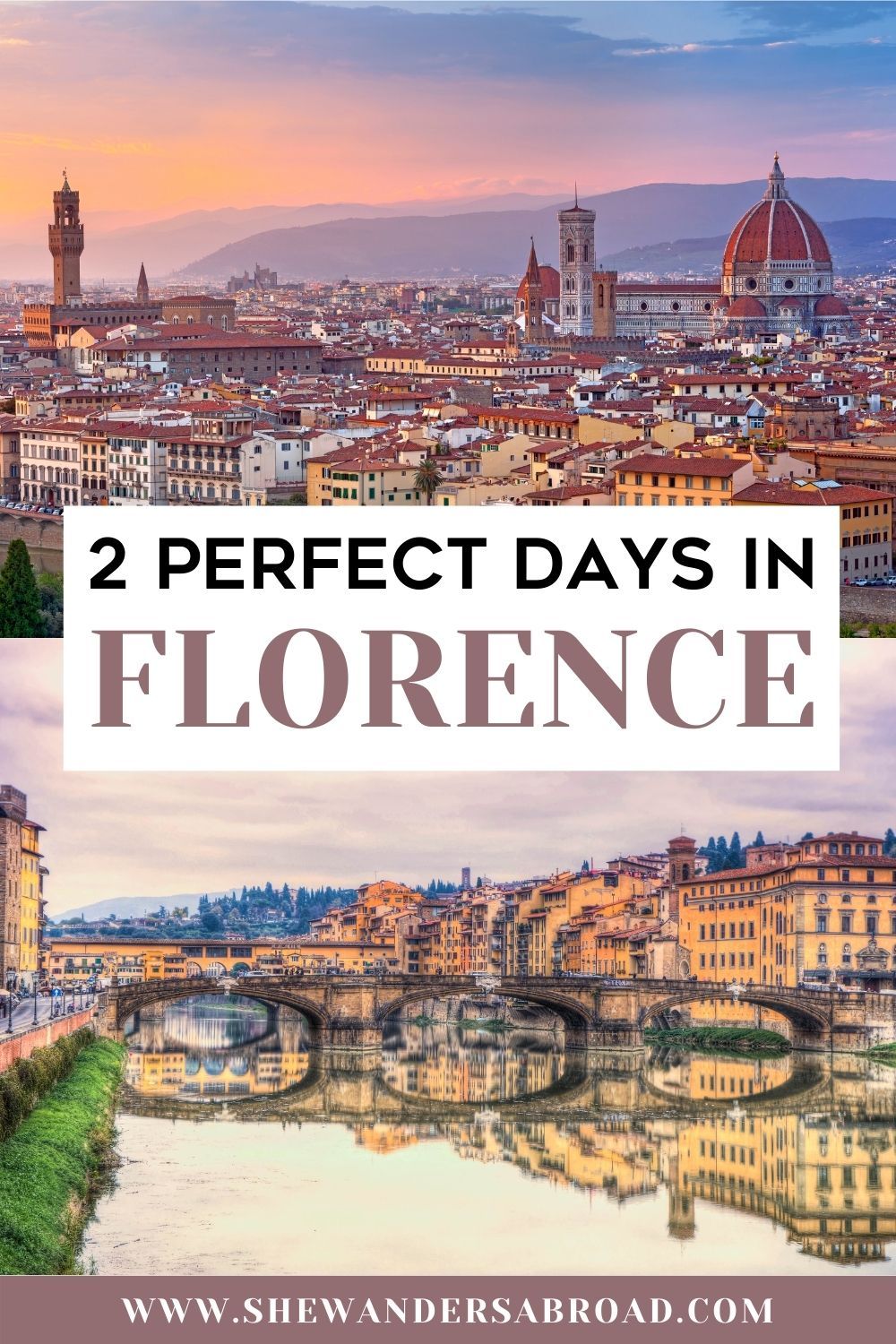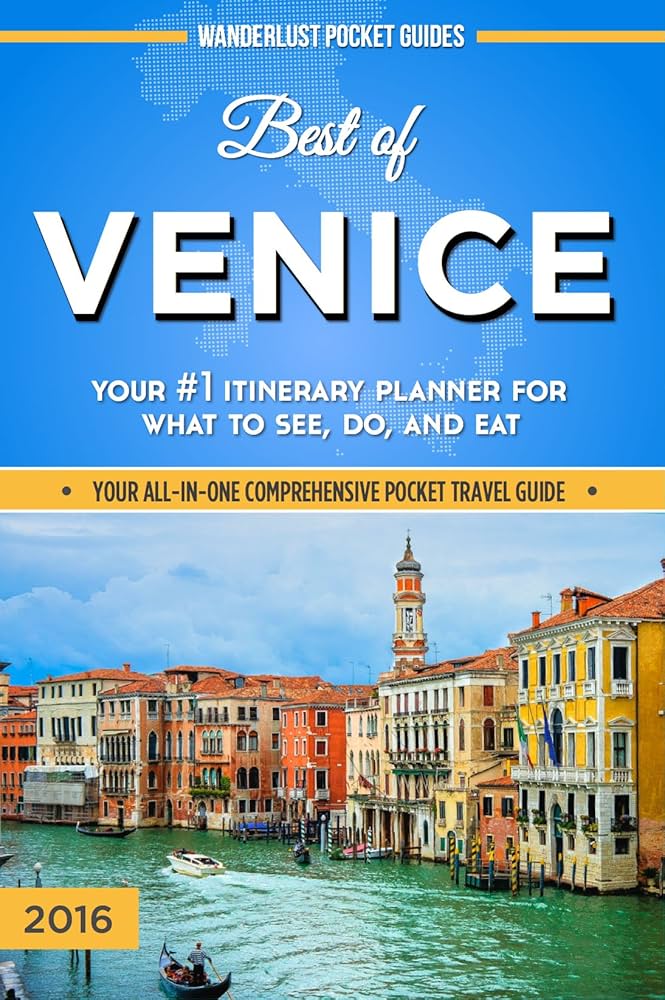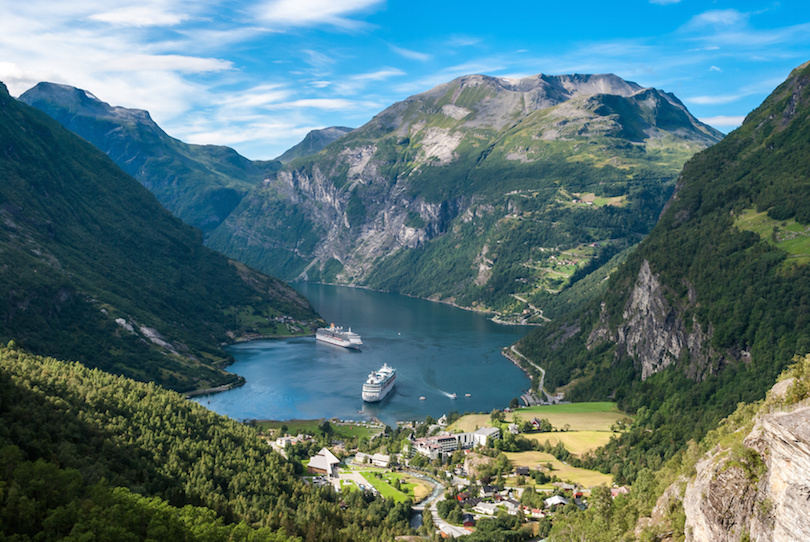
Norway, a land sculpted by ice and time, is a tapestry woven with dramatic fjords, majestic mountains, vibrant cities, and a rich cultural heritage. From the ethereal glow of the Northern Lights to the charm of its historic wooden towns, Norway offers an unforgettable journey for every traveler. This article delves into the best tourist attractions the country has to offer, providing a comprehensive guide to its history, main sights, essential travel tips, ideal visiting times, accommodation options, delectable local cuisine, and efficient transportation networks.
A Glimpse into Norway’s Storied Past
Norway’s history is as captivating as its landscapes. Its story begins with the arrival of early settlers after the last Ice Age. The Viking Age, from the late 8th to the mid-11th century, is perhaps the most renowned period. These seafaring Norsemen, known for their exploration, trade, and raiding, left an indelible mark on European history. Their ships, sagas, and intricate art continue to inspire awe and wonder.
Related Articles about Norway: Where Fjords Kiss the Sky and History Echoes in the Mountains:
- The United Arab Emirates: A Tapestry of Tradition and Tomorrow
- Unveiling the Rainbow Nation: Top Things to Do in South Africa
- Unveiling the Joys of France: A Comprehensive Guide to Experiences
- The Great American Adventure: Your Comprehensive Travel Guide to the USA
- Mexico: A Tapestry of Ancient Wonders, Vibrant Culture, and Sun-Kissed Shores
Following the Viking era, Norway experienced periods of union with Denmark and Sweden, enduring centuries of foreign rule. The struggle for independence was a long and arduous one, culminating in full sovereignty in 1905. This resilience and strong national identity are palpable in modern Norway, a country that has transformed itself into a prosperous and progressive nation, particularly renowned for its welfare state and commitment to environmental sustainability.
The Crown Jewels: Norway’s Main Tourist Attractions
Norway’s allure lies in its diverse offerings, catering to adventurers, culture enthusiasts, and those seeking serene beauty. Here are some of the absolute must-see attractions:
1. The Majestic Fjords of Western Norway:
The undisputed stars of Norway are its breathtaking fjords. These deep, narrow inlets of the sea, carved by glaciers, offer dramatic scenery that words can barely describe.
- Geirangerfjord: A UNESCO World Heritage site, Geirangerfjord is famous for its sheer cliffs, cascading waterfalls like the "Seven Sisters" and "Suitor," and picturesque farms clinging to the mountainsides. Boat tours and scenic drives along the fjord offer unparalleled views.
- Nærøyfjord: Another UNESCO gem, Nærøyfjord is the narrowest and most dramatic of Norway’s fjords, with towering cliffs that seem to touch the sky. Kayaking through its serene waters is an unforgettable experience.
- Sognefjord: The "King of Fjords," Sognefjord is Norway’s longest and deepest fjord, stretching over 200 kilometers inland. It branches into several stunning arms, each with its unique charm.
2. Bergen: The Gateway to the Fjords:
This charming coastal city, often called the "Gateway to the Fjords," is a delightful blend of history, culture, and vibrant urban life.
- Bryggen: This UNESCO World Heritage Hanseatic Wharf is a colorful collection of wooden buildings dating back to the Middle Ages. Wandering through its narrow alleyways, you can imagine the bustling trade of centuries past.
- Fløyen and Ulriken: Take the Fløibanen funicular up Mount Fløyen for panoramic views of the city and surrounding fjords, or challenge yourself with a hike to the summit of Mount Ulriken for even more spectacular vistas.
- Fish Market (Fisketorget): A lively hub where locals and tourists alike gather to sample fresh seafood, local delicacies, and artisanal crafts.
3. Oslo: The Capital of Culture and Nature:
Norway’s capital, Oslo, is a dynamic city that seamlessly blends modern architecture with historical sites and abundant green spaces.
- Vigeland Sculpture Park: This unique park showcases over 200 sculptures by Gustav Vigeland, depicting the human life cycle in all its forms. It’s a thought-provoking and visually striking experience.
- The Viking Ship Museum: Home to remarkably preserved Viking ships, this museum offers a fascinating glimpse into the seafaring prowess and burial rituals of the Vikings. (Note: Currently undergoing renovation and expected to reopen in 2026 as the Museum of the Viking Age).
- Akershus Fortress: This medieval castle and fortress, perched on a peninsula, has witnessed centuries of Norwegian history and offers stunning views of the Oslofjord.
- The Royal Palace: The official residence of the Norwegian monarch, the palace grounds are open to the public, and watching the changing of the guard is a popular activity.
- The Opera House: An architectural marvel, the Oslo Opera House appears to rise directly from the water. Visitors can walk on its roof for panoramic city views.
4. The Lofoten Islands: Arctic Majesty:
Located above the Arctic Circle, the Lofoten Islands are a dramatic archipelago of rugged mountains, picturesque fishing villages, and pristine white-sand beaches.
- Reine: Often cited as one of the most beautiful villages in the world, Reine is characterized by its red Rorbuer (fisherman’s cabins) set against a backdrop of dramatic peaks.
- Hiking and Photography: Lofoten offers incredible hiking opportunities with trails leading to breathtaking viewpoints. It’s also a paradise for photographers, especially during the summer months with the midnight sun or in winter for the Northern Lights.
- Fishing Villages: Explore charming villages like Hamnøy, Sakrisøy, and Å, each with its own unique character and history.
5. Tromsø: The Arctic Capital and Northern Lights Hub:
Tromsø, situated far above the Arctic Circle, is a vibrant city renowned as the "Gateway to the Arctic" and a prime location for witnessing the magical Northern Lights.
- Northern Lights Tours: Numerous companies offer guided tours to chase the aurora borealis, taking you away from city lights for the best viewing opportunities.
- Arctic Cathedral: An iconic landmark, the Arctic Cathedral’s modern design and stained-glass windows are a striking sight.
- Fjellheisen Cable Car: Ascend Mount Storsteinen for panoramic views of Tromsø and the surrounding fjords, especially magical when illuminated by the Northern Lights.
- Polar Museum: Delve into the history of Arctic exploration and the harsh realities of life in the polar regions.
6. Preikestolen (Pulpit Rock) and Kjeragbolten:
These iconic natural landmarks in Rogaland county are a must for adventurous hikers.
- Preikestolen: This flat-topped cliff, towering 604 meters above Lysefjorden, offers a challenging but rewarding hike with unparalleled views.
- Kjeragbolten: A famous boulder wedged between two cliffs, Kjeragbolten is a thrilling spot for those brave enough to stand on it.
7. The Flåm Railway:
Often described as one of the most beautiful train journeys in the world, the Flåm Railway is a spectacular engineering feat. It winds its way from the village of Flåm, at the end of Aurlandsfjorden, up to the mountain station of Myrdal, offering breathtaking views of waterfalls, steep valleys, and dramatic mountain scenery.
Essential Travel Tips for Your Norwegian Adventure
- Book in Advance: Especially during peak season (summer) and for popular attractions, booking accommodation, tours, and transportation well in advance is highly recommended.
- Pack for All Seasons: Norwegian weather can be unpredictable, even in summer. Layers are key. Pack waterproof and windproof outer layers, warm sweaters, comfortable hiking shoes, and a hat and gloves.
- Embrace the Outdoors: Norway is all about nature. Be prepared for hiking, walking, and exploring. Invest in good quality outdoor gear.
- Respect Nature: Norway has strict environmental regulations. Stick to marked trails, do not litter, and be mindful of wildlife.
- Learn a Few Norwegian Phrases: While most Norwegians speak excellent English, learning a few basic phrases like "Hei" (Hello), "Takk" (Thank you), and "Unnskyld" (Excuse me) will be appreciated.
- Currency: The currency is the Norwegian Krone (NOK). Credit and debit cards are widely accepted, but it’s good to have some cash for smaller purchases.
- Tipping: Tipping is not as ingrained in Norwegian culture as in some other countries. Service charges are usually included in the bill. However, if you receive exceptional service, a small tip is appreciated.
The Best Time to Visit Norway
The "best" time to visit Norway depends on your interests:
- Summer (June to August): This is the most popular time to visit. The weather is generally mild and pleasant, with long daylight hours (including the midnight sun in the north). Fjords are accessible, hiking trails are open, and cities are vibrant. However, it’s also the busiest and most expensive period.
- Autumn (September to October): The autumn foliage is stunning, and the crowds begin to thin. It’s a great time for hiking and enjoying the crisp air. In the north, this is the start of the Northern Lights season.
- Winter (November to March): This is the prime season for experiencing the Northern Lights, especially in the Arctic regions like Tromsø. It’s also ideal for winter sports like skiing and snowboarding. However, daylight hours are short, and some areas may be inaccessible due to snow.
- Spring (April to May): Spring brings melting snow, blooming flowers, and increasing daylight. It’s a shoulder season with fewer crowds and potentially lower prices. Some higher mountain passes may still be closed.
Where to Stay: A Range of Accommodation Options
Norway offers a diverse range of accommodation to suit every budget and preference:
- Hotels: From luxury hotels in city centers to charming boutique hotels and family-run establishments, you’ll find excellent options in all major cities and tourist destinations.
- Oslo: The Thief, Grand Hotel Oslo, Amerikalinjen.
- Bergen: Opus XVI, Clarion Collection Hotel Havnekontoret, Thon Hotel Orion.
- Tromsø: Clarion Hotel The Edge, Radisson Blu Hotel Tromsø, Scandic Ishavshotel.
- Rorbuer (Fisherman’s Cabins): Particularly popular in the Lofoten Islands, these traditional cabins offer a unique and authentic experience, often with stunning sea views.
- Guesthouses and Bed & Breakfasts: A more intimate and often budget-friendly option, offering a personal touch.
- Hostels: A great choice for solo travelers and those on a tight budget, offering dormitory-style rooms and shared facilities.
- Cabins and Holiday Homes: For families or groups, renting a cabin or holiday home provides privacy and the flexibility to cook your own meals.
- Camping: Norway has a strong camping culture, with well-equipped campsites and the right to roam (Allemannsretten) allowing responsible wild camping in many areas.
A Taste of Norway: Local Food and Delicacies
Norwegian cuisine is deeply influenced by its natural resources, with a focus on fresh seafood and traditional dishes.
- Seafood: Norway is renowned for its high-quality seafood. Don’t miss out on:
- Salmon: Smoked, grilled, or cured, Norwegian salmon is world-famous.
- Cod (Tørrfisk): Dried and salted cod, a staple in Norwegian cuisine, especially in the north.
- Herring: Pickled, smoked, or fried, herring is a popular choice.
- King Crab: Especially in the north, fresh king crab is a luxurious treat.
- Meat Dishes:
- Fårikål: Considered Norway’s national dish, it’s a simple yet hearty stew of lamb and cabbage.
- Raspeballer/Komle: Potato dumplings, often served with cured meat and rutabaga.
- Reindeer and Elk: In the northern regions and mountainous areas, game meats are popular.
- Dairy Products:
- Brunost (Brown Cheese): A sweet, caramel-like cheese made from whey. It’s a unique Norwegian specialty.
- Yogurt and Skyr: Thick and creamy dairy products are widely enjoyed.
- Sweets and Pastries:
- Skillingsboller: Cinnamon buns, a popular treat.
- Waffles (Vafler): Often served with jam and sour cream.
- Aquavit: A traditional Scandinavian spirit, often enjoyed with traditional meals.
Navigating Norway: Transportation Options
Norway boasts an efficient and well-developed transportation network, making it easy to explore the country.
- Air Travel: For long distances, flying is the quickest option. Widerøe is a regional airline that serves many smaller towns and islands. Major airports include Oslo Airport Gardermoen (OSL), Bergen Airport Flesland (BGO), and Tromsø Airport Langnes (TOS).
- Trains: The Norwegian State Railways (Vy) operates an extensive network of comfortable and scenic train routes, connecting major cities and offering breathtaking views, especially the Flåm Railway and the Bergen Railway.
- Buses: A comprehensive bus network connects towns and villages, particularly in areas not served by trains.
- Ferries and Hurtigruten Coastal Express: Ferries are essential for navigating the fjords and islands. The Hurtigruten coastal ferry is a unique experience, serving as both a passenger and cargo ship, allowing you to see the entire Norwegian coastline from south to north.
- Car Rental: Renting a car offers the most flexibility for exploring at your own pace, especially for reaching remote areas and scenic viewpoints. However, be prepared for tolls and narrow, winding roads in some regions.
- Public Transportation in Cities: Major cities like Oslo and Bergen have excellent public transportation systems, including trams, buses, and metro lines.
Norway is a land of unparalleled natural beauty and rich history, offering an adventure that will linger in your memories long after you’ve departed. From the majestic fjords that carve through the landscape to the vibrant cities steeped in culture, this Nordic gem promises an unforgettable journey of discovery. So pack your bags, embrace the spirit of exploration, and prepare to be captivated by the magic of Norway.
